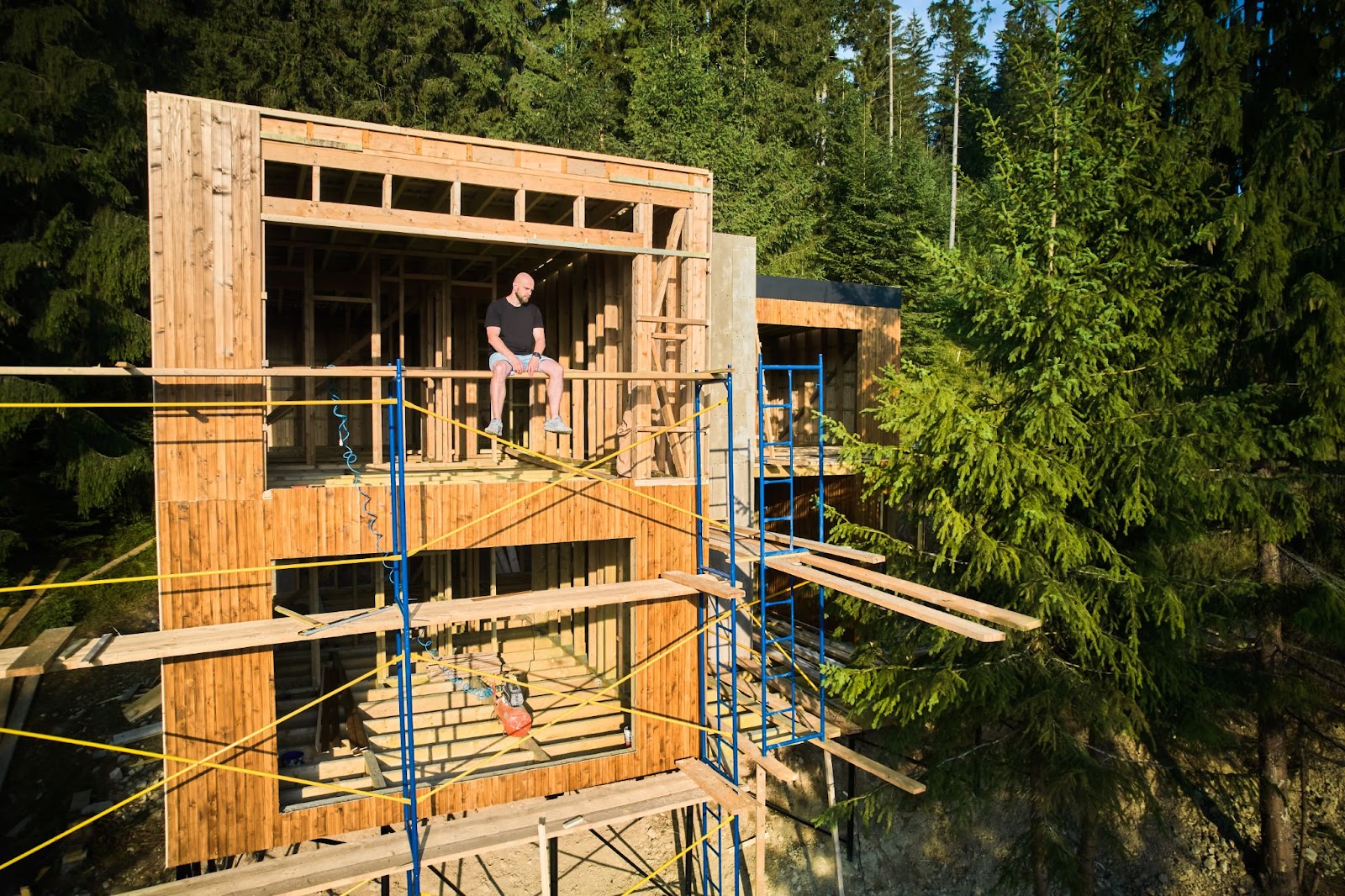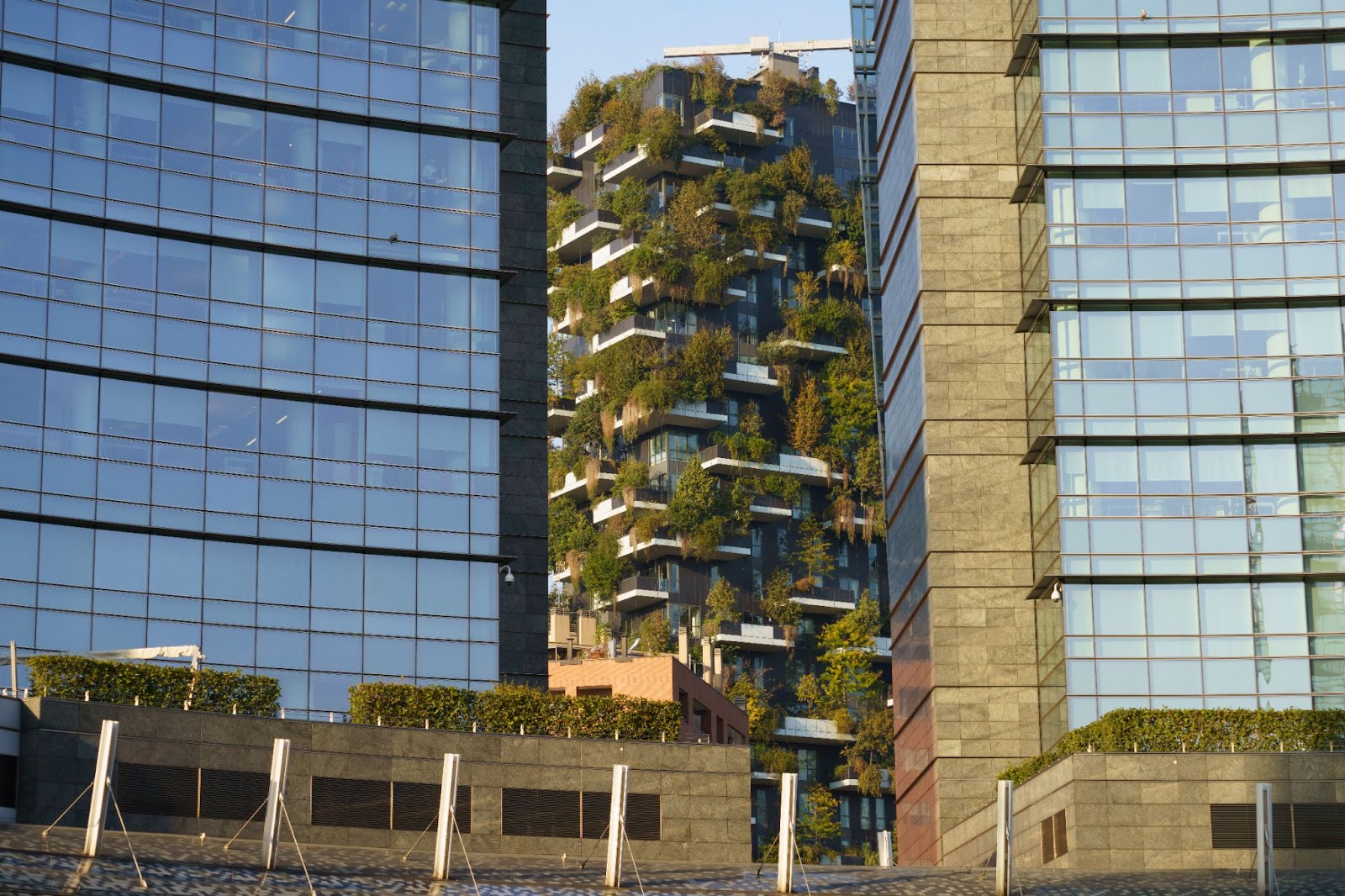As Australia's housing landscape continues to evolve, driven by changing lifestyles, technological advancements, and environmental concerns, the future of homebuilding in the country promises to be both exciting and transformative. From sustainable design practices to cutting-edge technologies, here are some key trends and innovations shaping the future of homebuilding in Australia.
Sustainable Building Materials and Practices
One of the most significant trends in homebuilding is the increasing focus on sustainability. Builders are incorporating environmentally friendly materials such as recycled timber, bamboo, and hempcrete into their designs. Additionally, energy-efficient features such as solar panels, rainwater harvesting systems, and high-performance insulation are becoming standard in new homes. These sustainable practices not only reduce the environmental impact of construction but also lower energy costs for homeowners.

Smart Home Technology
The integration of smart home technology is revolutionising the way we live in and interact with our homes. From automated lighting and temperature control to security systems and appliances that can be controlled remotely, smart home technology is making homes more efficient, secure, and convenient. In the future, we can expect to see even more advanced technologies, such as AI-powered assistants and predictive maintenance systems, becoming commonplace in new homes.
Modular and Prefabricated Construction
Modular and prefabricated construction methods are gaining popularity in Australia due to their efficiency and cost-effectiveness. These methods involve building components off-site in a factory-controlled environment before assembling them on-site. Not only does this reduce construction time and waste, but it also allows for greater design flexibility and customization. In the future, we may see more homes being built using modular and prefabricated methods, especially in urban areas where space is limited.
Biophilic Design
Biophilic design seeks to connect people with nature by incorporating natural elements into the built environment. This can include features such as green walls, rooftop gardens, and large windows that provide views of nature. Biophilic design has been shown to have numerous benefits, including improved mood, productivity, and overall well-being. As awareness of the importance of nature in our lives grows, we can expect to see more homes designed with biophilic principles in mind.

Adaptable and Multigenerational Living Spaces
With changing demographics and lifestyles, there is a growing demand for homes that can adapt to the needs of multigenerational families and changing living arrangements. Future homes may feature flexible layouts that can easily accommodate different family structures and life stages. This could include convertible spaces that can be used as home offices, guest rooms, or additional living areas, as well as accessible design features that cater to people of all ages and abilities.

In conclusion, the future of homebuilding in Australia is set to be defined by sustainability, technology, flexibility, and a focus on enhancing the quality of life for homeowners. By embracing these trends and innovations, the Australian housing industry is poised to create homes that are not only beautiful and functional but also environmentally friendly and future-proof.
Publisher Website: www.homeshelf.com.au